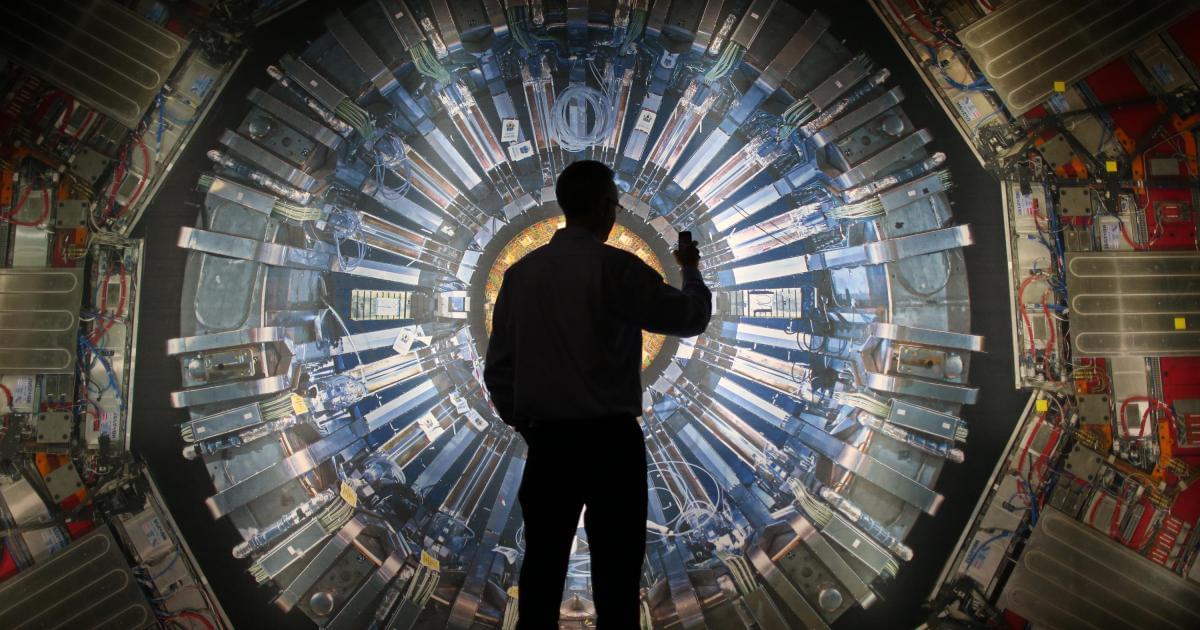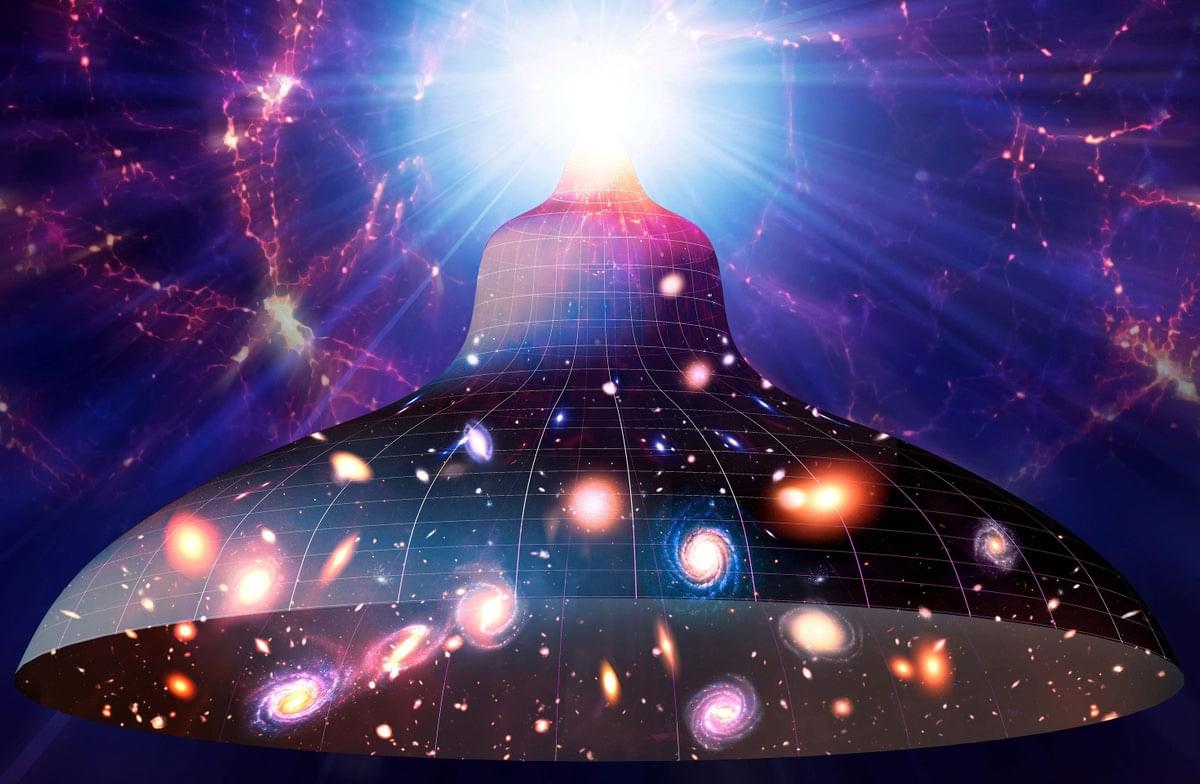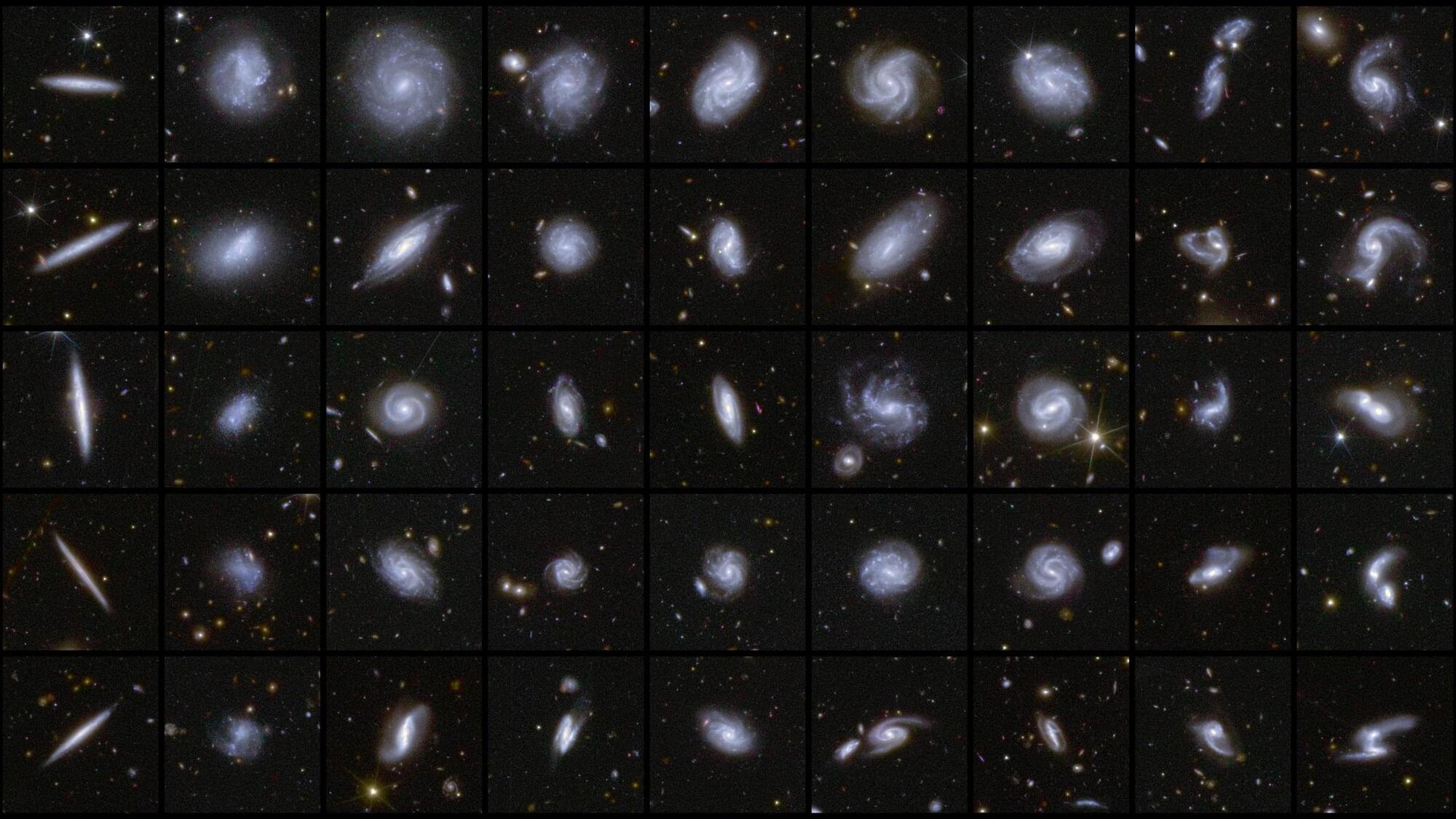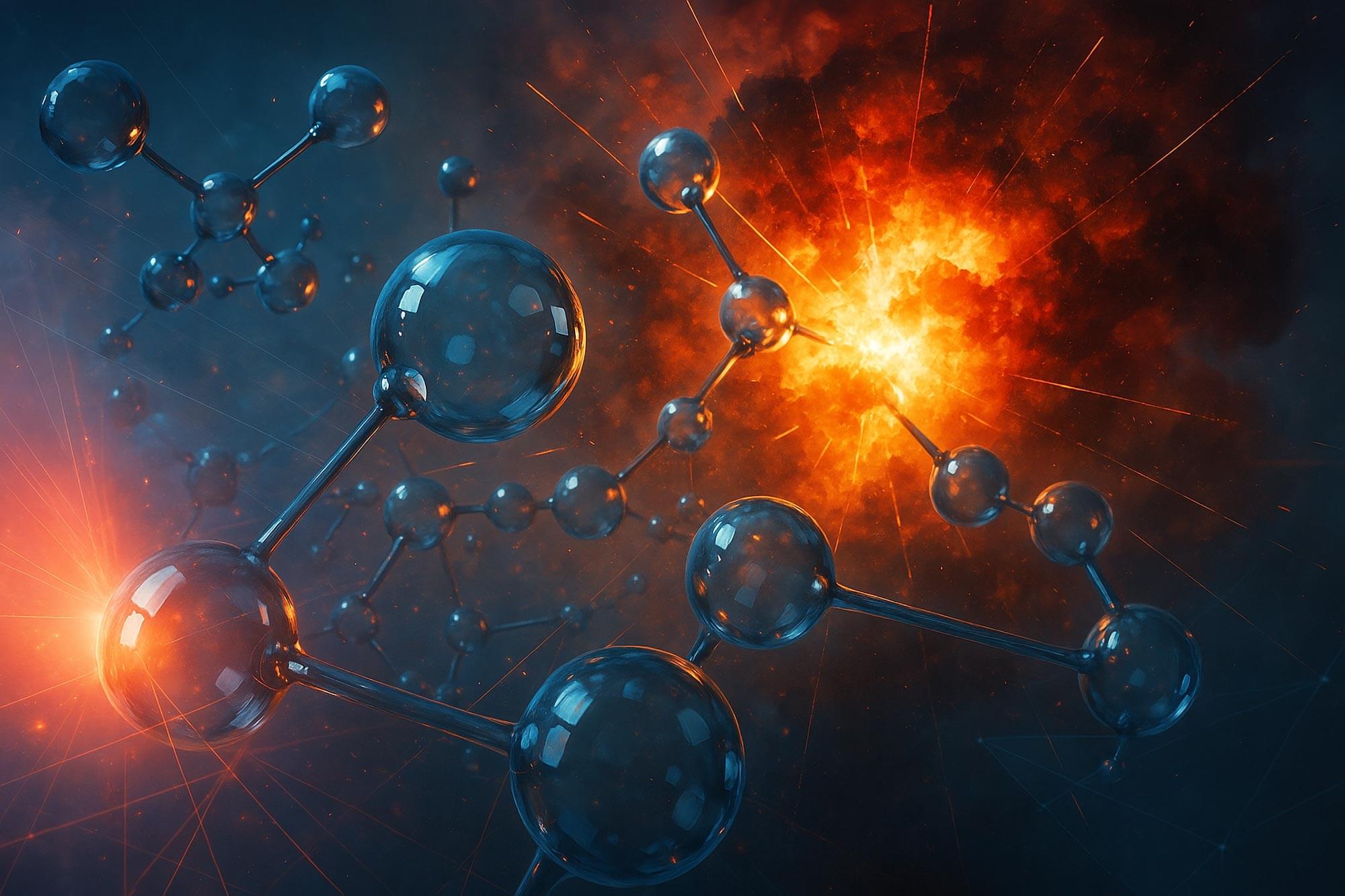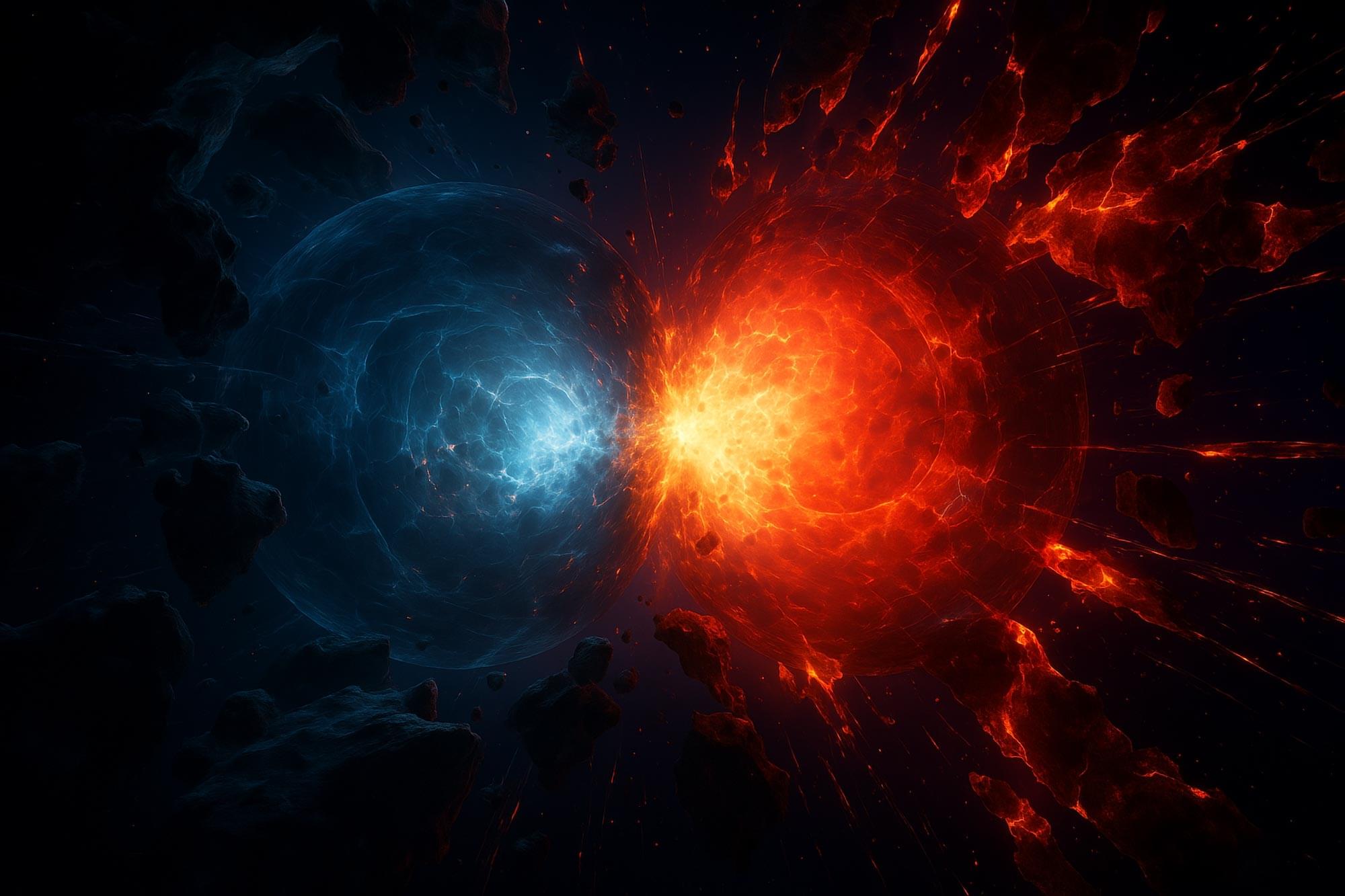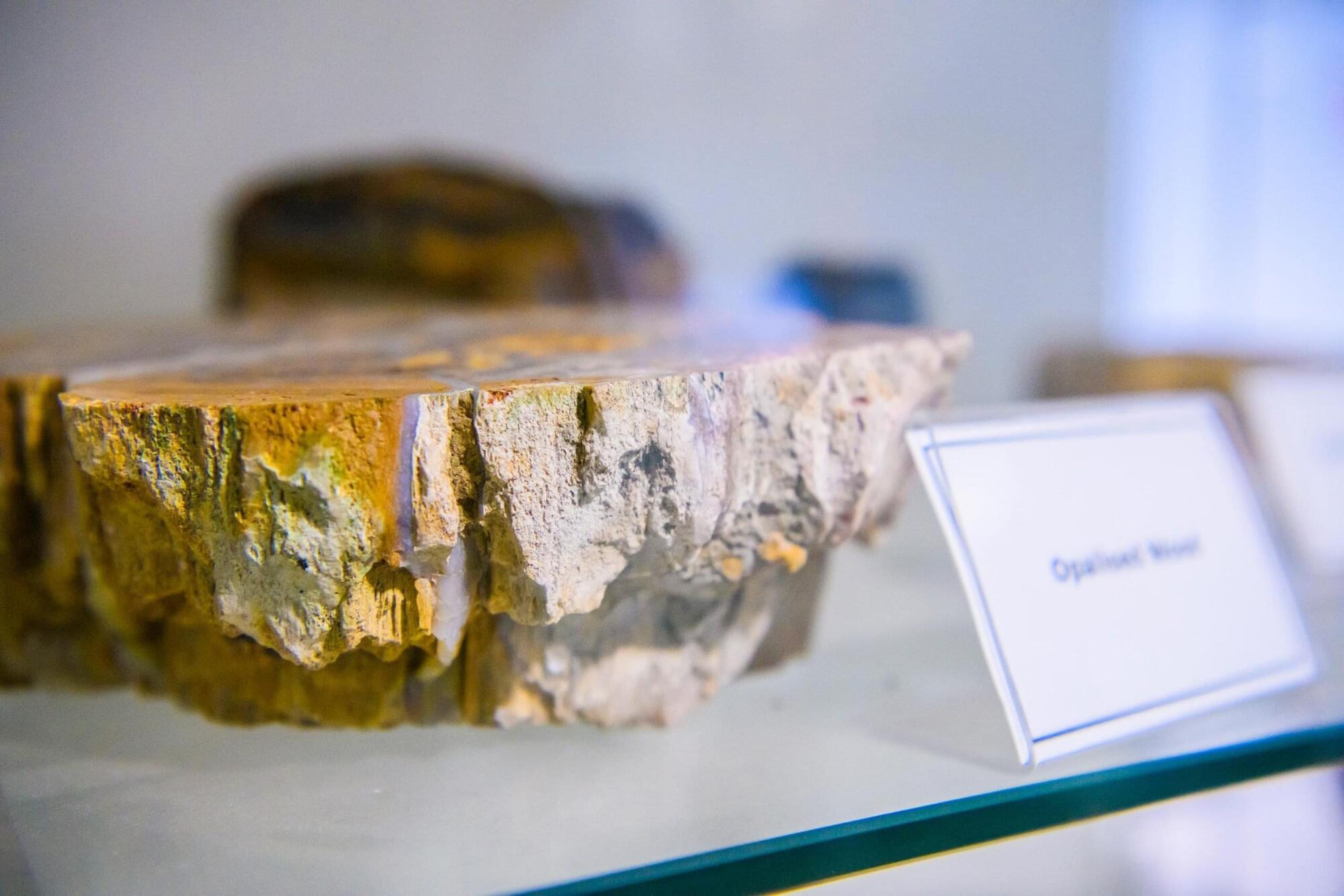Modern science has done astounding things: sending probes to Pluto, discerning the nature of light, vaccinating the globe. Its power to plumb the world’s inner workings, many scientists and philosophers of science would say, hinges on its exacting attention to empirical evidence. The ethos guiding scientific inquiry might be formulated so: “Credit must be given to theories only if what they affirm agrees with the observed facts.”
Featured Videos.
Those are the words of the Greek philosopher Aristotle, writing in the fourth century BCE. Why, then, was it only during the Scientific Revolution of the 17th century, two thousand years later, that science came into its own? Why wasn’t it Aristotle who invented modern science?
